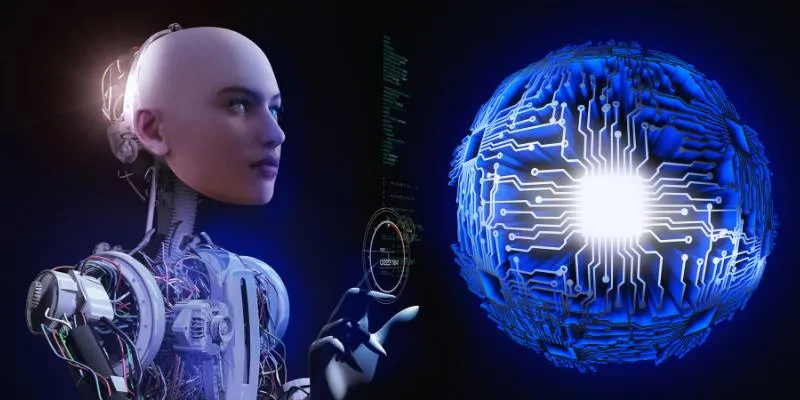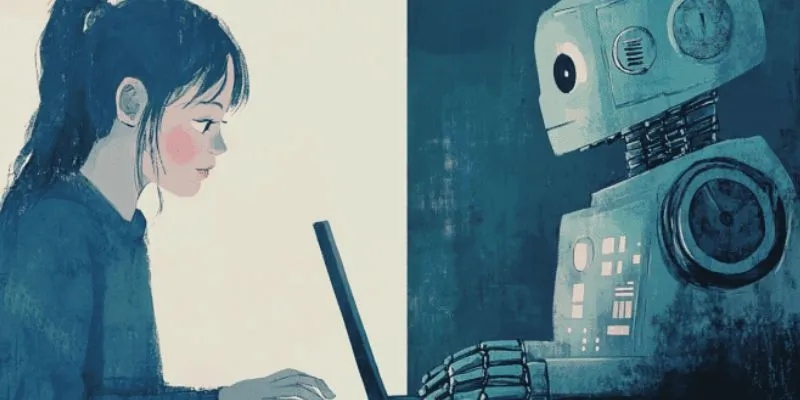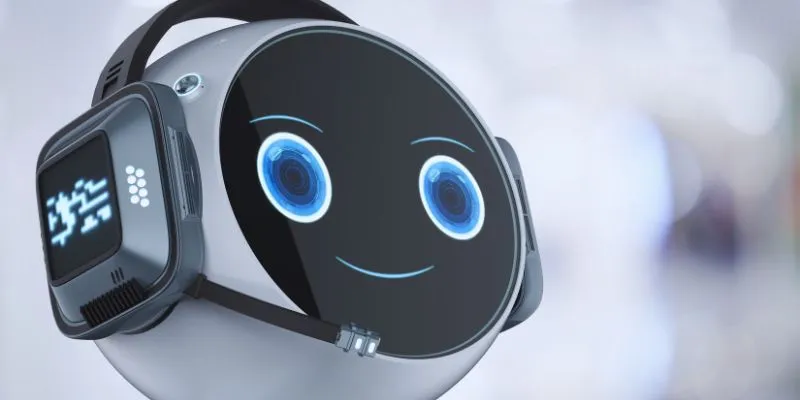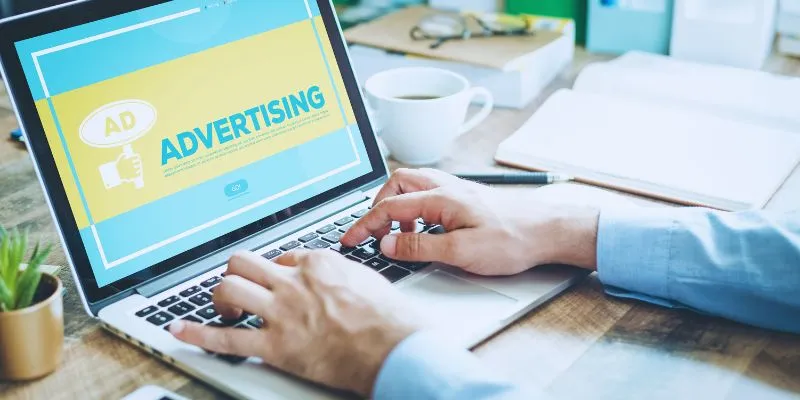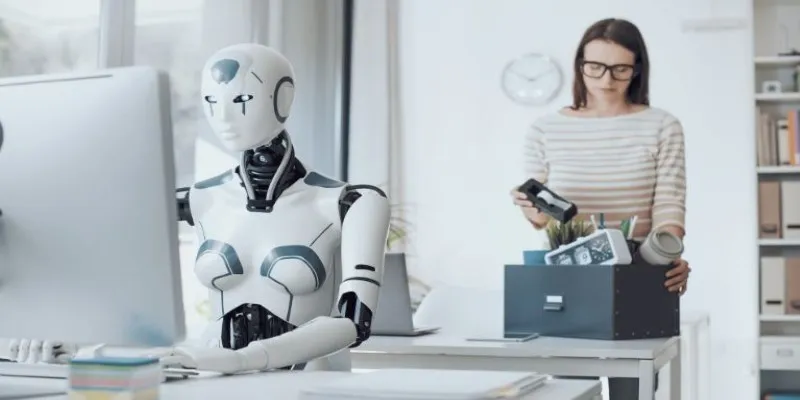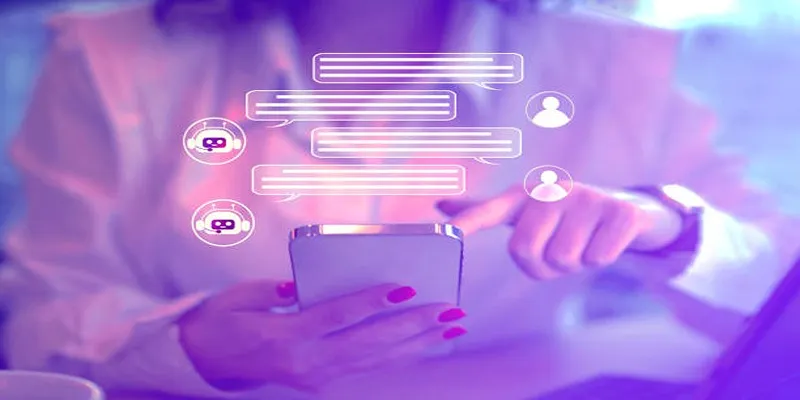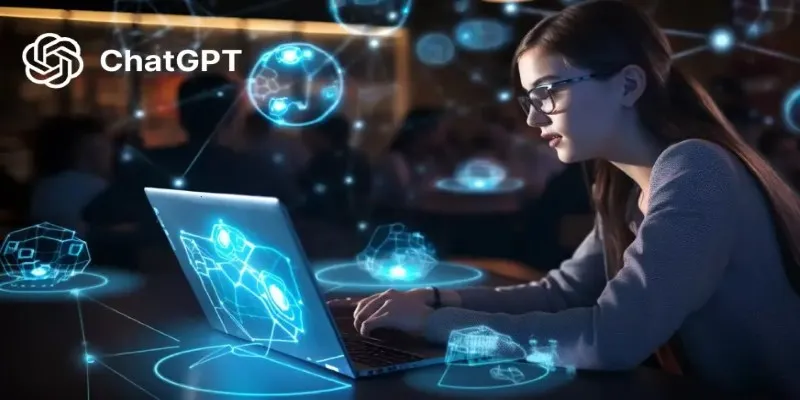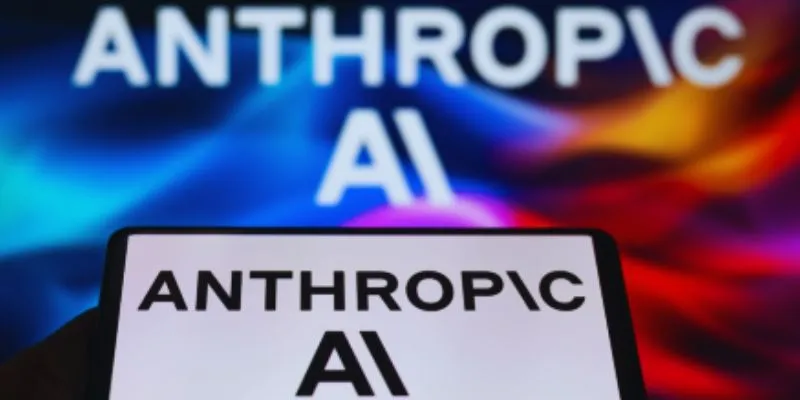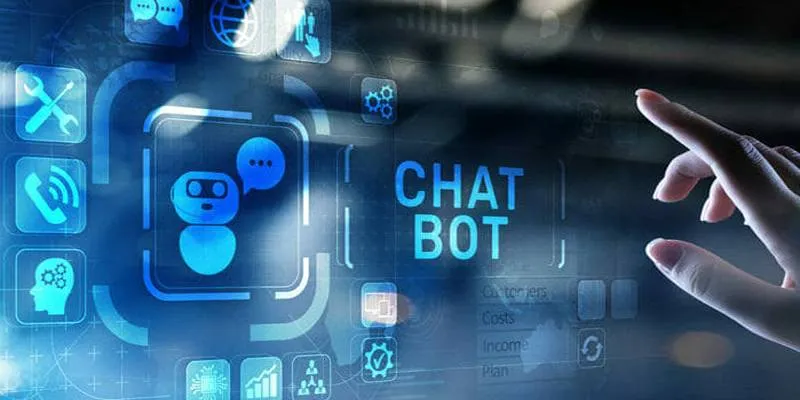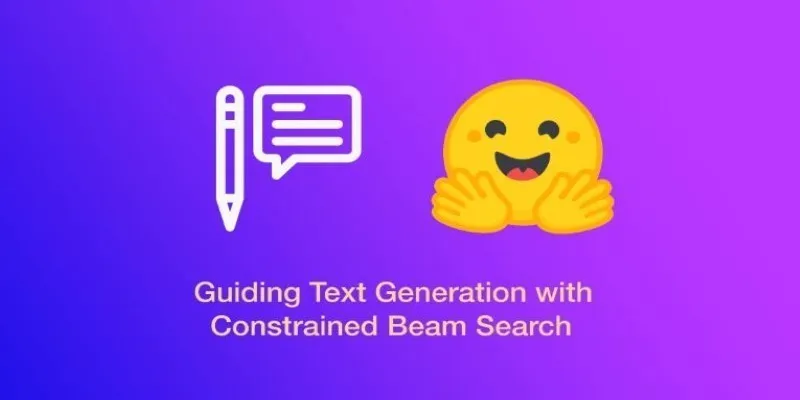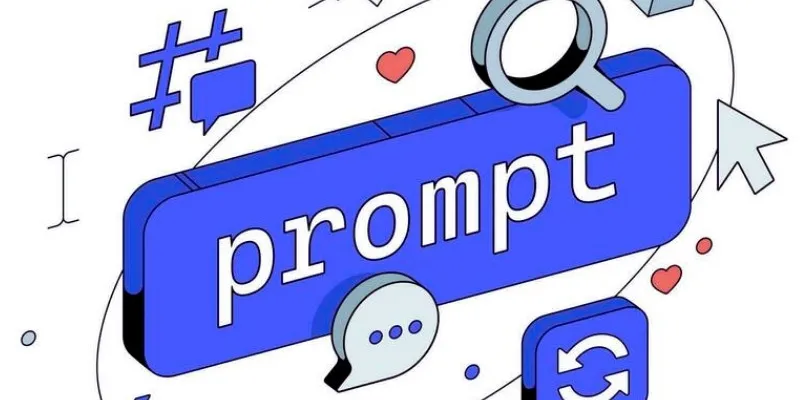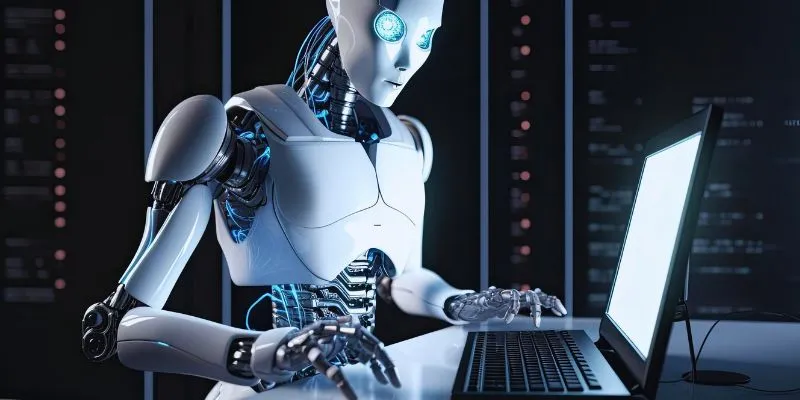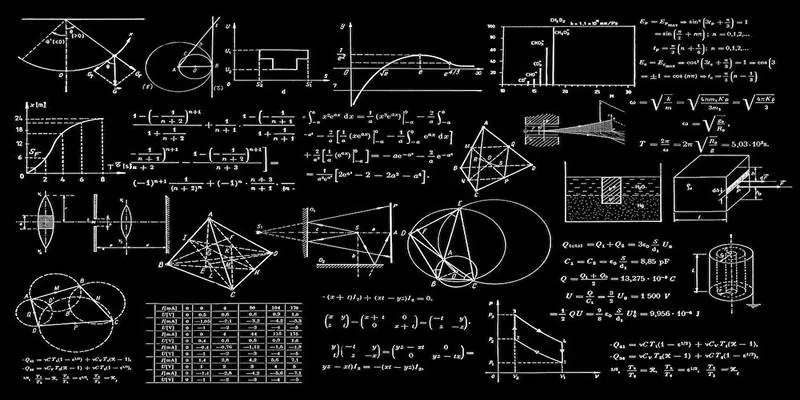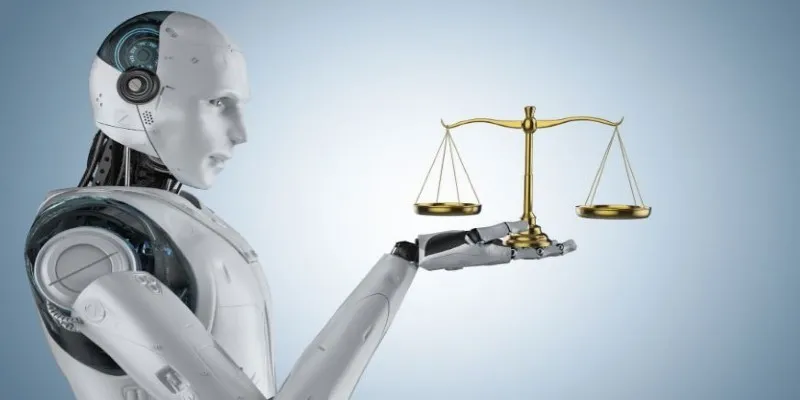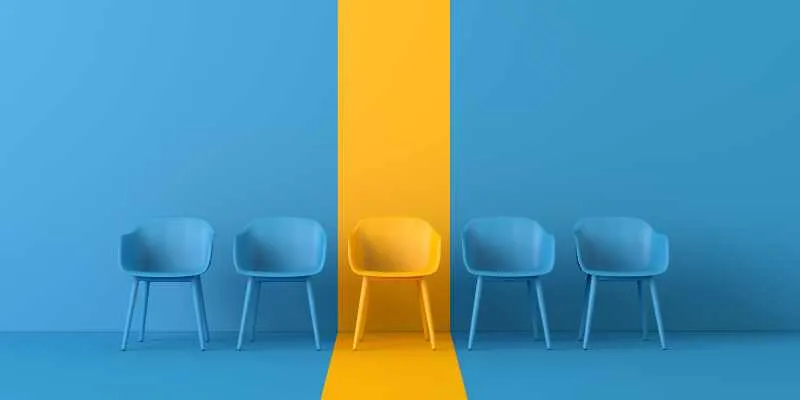Art has always been a journey of innovation and expression that evolves over time. In every era, new tools redefine artist creativity. The rise of generative AI for the artist now signifies a monumental shift. Today, artists explore creative realms once deemed unreachable, with artificial intelligence algorithms producing novel visual, audio, and literary art. The future of artificial intelligence-generated art is pushing conventional boundaries and inspiring groundbreaking ideas.
Artificial intelligence tools for creative artists are expanding, offering access to boundless imagination. For contemporary artists, understanding how technology impacts creativity is crucial. It presents equal measures of opportunities and challenges. Artists must adapt and evolve. Exploring this transformation reveals the profound connection between human creativity and technology. Today, innovation, inventiveness, and artificial intelligence coexist harmoniously. The artist’s journey will never be the same again.

Early Days of Generative AI in Art
In the beginning, simple attempts introduced generative artificial intelligence into the artistic realm. Early algorithms generated random patterns and abstract designs, leaving artists both intrigued and skeptical of AI’s true creative potential. Most AI-generated works lacked emotional depth and appeared mechanical. Initially, artists used AI as a support tool, not a replacement for their imagination. These early efforts laid the groundwork for greater discoveries. Collaboration between artists and programmers gradually but steadily developed.
Artificial intelligence began offering new ways to blend techniques and explore complex concepts. Early adopters navigated rigid software models and limited processing capabilities. Technical constraints and frustrations often stifled creativity. However, many artists sensed AI’s potential beyond these early limitations. These formative years emphasized the importance of human intuition in guiding AI innovation. These early experiments paved the way for today’s breakthroughs. Artists and AI started evolving together, learning from each other in new creative directions.
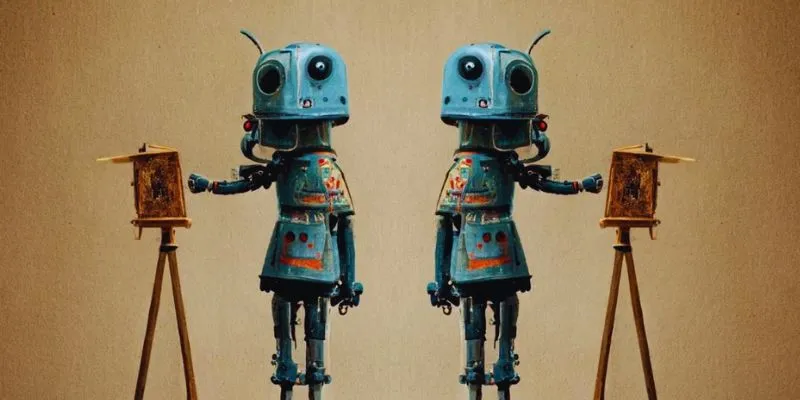
Breakthrough Moments in AI Art Evolution
Generative adversarial networks (GANs) revolutionized artificial intelligence in art. GANs enabled AI to create works with greater emotional richness and realism. Artists began collaborating directly with technologists to teach AI flair and emotion. Major exhibitions started featuring AI-generated artwork. Pieces like Edmond de Belamy by Obvious shook the artistic community. Suddenly, the future of AI-generated art became a hot topic of discussion.
Critics and supporters debated the definition of creativity. AI was now a partner, not just a tool. High-priced art auctions featuring AI pieces captured global attention. Museums began dedicating spaces to AI-generated works. These breakthrough moments also sparked ethical questions about originality. Artists discovered that mastering AI’s creative direction was an art in itself. From a curiosity to a respected medium, breakthroughs continued advancing AI. These events marked a significant turn in the artist’s journey.
How Do Artists Embrace AI as a Creative Partner?
Today’s artists view AI as a dynamic collaborator in their work. AI allows painters to explore unconventional brushstroke patterns. Musicians craft melodies using machine learning algorithms. Text-based AI tools help writers develop narratives. Many artists find joy in how AI introduces unexpected elements into their work. The unpredictability of AI provides fresh inspiration. Artists experiment in ways they hadn’t considered before. Working with AI is now about merging computational logic with human emotion.
AI tools for creative artists continue to develop rapidly. AI-powered digital canvases open up new creative possibilities. Rather than fearing automation, artists are embracing hybrid forms of creation. Skilled artists learn to precisely control AI’s output. AI is seen as an ally, not a competitor. Courses and workshops now teach artists how to master creative AI use. Together, artists and AI challenge static boundaries.
Challenges and Controversies in AI-Generated Art
The rise of generative AI has posed significant challenges for artists. Debates over copyright and ownership are intensifying. Who owns an artwork created by AI? Artists worry about losing control of their style. AI replications of specific techniques raise plagiarism concerns. Some traditional artists believe AI devalues genuine craftsmanship. Ethical issues related to bias in AI training data also impact AI-generated art.
Not all AI creations feel authentic or intentional. Addressing these challenges will greatly influence the future of AI-generated art. To create fair systems, tech companies must work closely with artists. Although regulations are still lacking in many countries, they are starting to take shape. Audiences sometimes struggle to emotionally connect with AI-generated works. The fear of job loss among creatives remains. Those who adapt, however, find more opportunities than risks. Navigating this evolving landscape requires vigilance, flexibility, and strong ethical standards.
The Future Landscape for Artists and Generative AI
Generative AI will likely become a staple in the artist’s toolkit. Future AI systems will be deeply creative, emotional, and more intuitive. Artists will collaborate with AI to produce immersive experiences. Exhibits featuring virtual reality and AI-generated art will engage multiple senses. Generative AI will offer global platforms for showcasing work. Artists in remote locations can share AI-assisted creations worldwide. Human-AI collaboration will inspire new genres and hybrid art forms.
Art education will include teaching AI literacy. AI tools for creative artists will become more personalized and accessible. Artistic expression will extend beyond traditional canvases, pages, or screens. Opportunities for interdisciplinary collaboration will abound. More than ever, artists must prioritize storytelling and emotional authenticity. Those who embrace change will thrive. The future will reward flexibility, creativity, and an open approach to technology fusion.
Conclusion:
The journey of generative AI for the artist is just beginning. Artists can play a significant role in shaping its evolution. Understanding both opportunities and challenges will help one thrive in the next era. Creative collaboration, not competition, will define the future of AI-generated art. With the right tools and mindset, AI tools for creative artists will ignite boundless innovation. Embracing the fusion of human and AI creativity will shape the next generation of artists.
 zfn9
zfn9
